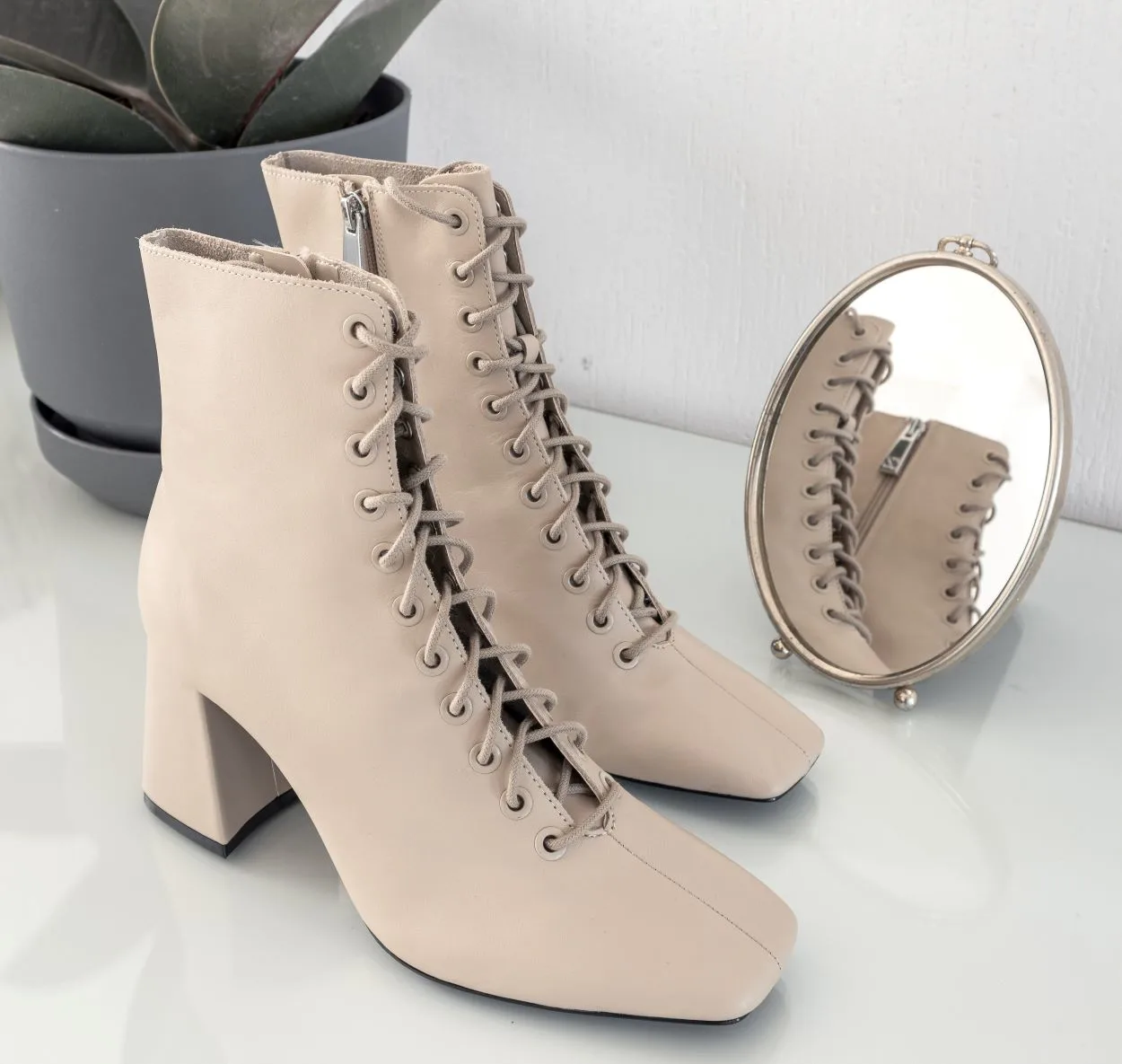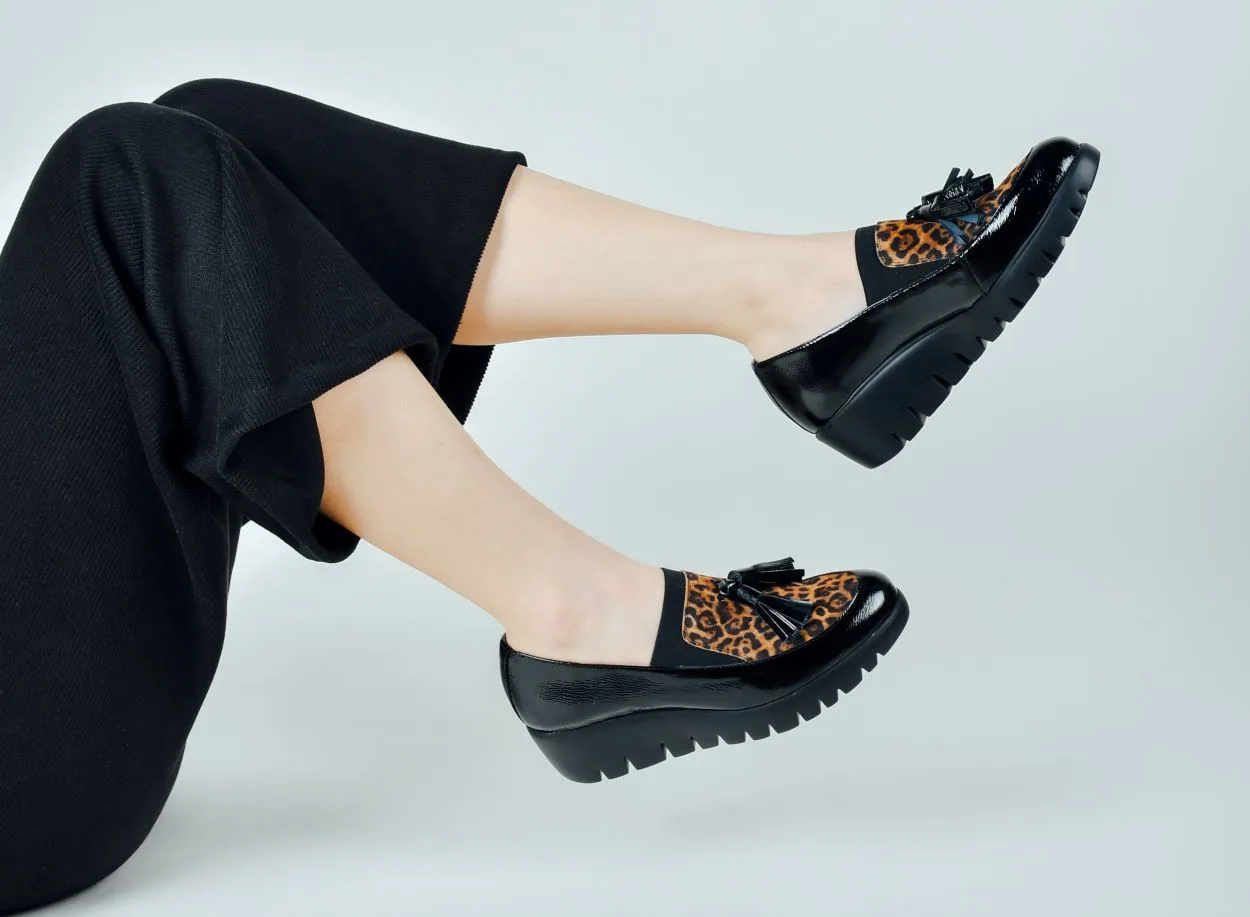Chinese shoe sizes are quite different from the US shoe sizes. They are slightly smaller compared to the US standard shoe sizes.
For instance, a Chinese shoe size 40 is equivalent to USA’s 6.5 shoes. Likewise, UK standard size 6 and Europe’s size 38.5 would be similar to China’s size 40 shoes. However, there are conversion charts available that can solve your problem of selecting a perfectly sized shoe.
Anyway, I’ll be discussing the differences in detail so stay with me and find it all.
Availability Of Different Size Charts
Shoe size is a mere number that corresponds to the fitting of a particular foot size. Numerous standards are under practice worldwide, offering a different range of numbers denoting the different foot sizes.
Moreover, you would be surprised to know that few systems focus on shoe width rather than length. These other systems have a similar perspective, making it easier for customers to order/ buy shoes that fit perfectly as per their size.
The different standards that are commonly being followed may include:
- US / Canada Standard
- Chinese Standard
- UK Standard
- Australian Standard
- European standard
- Japanese Standard
- Korean Standard
- Mexican Standard
The following table shows shoe sizes as per different standards and how they correspond to each other.
| US/Canada | China | UK | Europe | Australia | Korea | Japan | Mexico |
| 5 | 38 | 4.5 | 37 | 4.5 | 238 | 23 | 4.5 |
| 5.5 | 39 | 5 | 37.5 | 5 | 241 | 23.5 | 5 |
| 6 | 39.5 | 5.5 | 38 | 5.5 | 245 | 24 | 5.5 |
| 6.5 | 40 | 6 | 38.5 | 6 | 248 | 24.5 | 6 |
| 7 | 41 | 6.5 | 39 | 6.5 | 251 | 25 | 6.5 |
| 7.5 | – | 7 | 40 | 7 | 254 | 25.5 | 7 |
| 8 | 42 | 7.5 | 41 | 7.5 | 257 | 26 | 7.5 |
| 8.5 | 43 | 8 | 42 | 8 | 260 | 26.5 | 9 |
| 9 | 43.5 | 8.5 | 43 | 8.5 | 267 | 27 | – |
| 9.5 | 44 | 9 | 43.5 | 9 | 270 | 27.5 | 10 |
| 10 | 44.5 | 9.5 | 44 | 9.5 | 273 | 28 | – |
| 10.5 | 45 | 10 | 44.5 | 10 | 276 | 28.5 | 11 |
| 11 | 46 | 10.5 | 45 | 10.5 | 279 | 29 | – |

Shoe Size In the US: Men’s Versus Women’s
It might be helpful for you in case you are more interested in unisex shoes with the usual sizes for men. In that case, it is no more challenging to choose a suitable one for you. If you’re a female looking for a unisex shoe or you like a men’s style of shoe then there are chances that you’ll want to know how to convert your women’s shoes to men’s shoe size.
Conventionally, there’s a 1.5-size difference in length between that of women’s and men’s shoes (ladies, if you’re a size 8.5, you’d get a fit size 7 in men’s shoes) but the width size will be constant (so if you’re a women’s D, you’re also a men’s D)
Shoe Size In China: Men’s Versus Women’s
Chinese sizes differ significantly from current US sizing standards. The sizing standard used for Chinese shoe sizes deflects considerably from that used in the US and even in other Asian countries like Japan. However, quite identical to the European sizing standard.
In general, shoe sizes in China are measured by using a centimeter scale. In the Chinese standard, there is no separate chart for women rather they use a smaller number for them.
For example, Chinese kids’ shoes start at 22 and end at 30-32. Whereas, the adult size starts from 31 and ranges to 50. Collectively, in the Chinese version of sizes, you have a vast choice from 22 to 50, whatever suits you, is for you!
Why Are Shoe Sizes Different In Other Countries – Chinese Vs. The US
In the United States of America, shoe sizes typically increase by a third of an inch in standard increments. In the UK, an adult’s shoe size can be approximated by measuring the length of the foot, multiplying it by the number three, and then subtracting 25 from it. Whereas, in Europe, shoe sizes increase by constant increments of two-thirds of a centimeter.
On the contrary, Chinese shoe sizes are pretty confusing. While the US numbers start from a single digit, five, and generally end at 10.5, covering the average dimensions, the Chinese will start from 34 and mostly end at 44. But what do these numbers suggest?
Well, for the US sizes, the smallest one is five as it is the starting point. The length of the footwear would be 22 cm or 8.67 inches. And subsequently, the distance will grow with the increment of the number.
So, 5.5 will be a bit bigger than 5, 6 will be larger than 5.5, and this will continue in ascending order. The difference in the length with each of the sizes will be 0.5 cm or 0.19 inches. This means a 5.5 shoe would be 0.5 cm or 0.19 inches larger than the 5. This is the consistent fixed pattern and dominates the entire shoe chart.
The case is similar to the Chinese measurement chart, provided that the number range is different. As mentioned above, the graph starts from 34, the smallest one.
It will be 22 cm or 8.67 inches in length and moving ahead, and the size will increase with the increment of the sizing number.

Why Are Shoe Sizes As They Are?
The proper fit of an item of footwear is quite challenging to deal with without some form of sizing or adequate measurements. Perhaps this was not an issue many centuries ago, as the practice was quite different.
The shoes were made to fit the individual’s feet as per the individual’s demand or order, or the wearer had to make do with selecting from ‘small,’ a little more significant,’ and ‘quite big’ when going to the shop to the town’s market.
When history saw exponential growth in population, commercialism, mechanism, and customer preferences, it was foreseeable that shoemakers would have to deduce a pattern to produce footwear in particular, set sizes or ranges to satisfy every customer’s needs without causing much trouble for themselves.
Factors Contributing to Variation in Shoe Sizes
There is quite a difference in the shoe sizes as they are. There are several justified reasons behind it:
1- The first one is definitely due to the difference in the unit of measurement.
2- Even with the same standard, the shoe size could be different due to; the method selected to measure the shoe, versatile manufacturing procedures, process allowance factors, etc.
3- The requirement of wiggle room for different shoe sizes.
4- For a wider foot, a shoe numerous sizes larger (a long one) might be needed, resulting in inconsistent and shaky size deduction when different typical widths are considered in particular shoe sizing systems.
5- There are some tables devised for children. They consider future growth. The shoe size is then, as expected, more significant than what would correspond to the actual length of the foot presently.
The History Behind Shoe Sizes
In the United States of America, the very identical concept of ‘barleycorn measurement‘ was also used. Conversely, like almost everything else in the United States, the shoe size measurement system varied from the standard English size. The variance is laid in the starting point of measurement, one and not zero.
Moreover, another system worth discussing is the ‘Mondopoint System‘ which means a world-point system. This is based on average foot length and foot width and is measured in the unit millimeters.
This unit of measurement also considers the width of the shoe and the height (covering both parameters). Since the details are comprehensive, this shoe sizing system is used for particular purposes such as; ski boots and military shoes because it allows a better fitting of shoes than any other sizing systems practiced.
Asian countries, especially China, used the metric system for measuring shoe size. This system focuses on the foot length rather than any other parameter, measured in centimeters. There is also a 5mm increase (providing allowance) for every size and girth designated by letters A to G.

How To Measure Your Shoe Size?
These days, most American shoe stores use the Brannock device to come up with precise measurements for feet when shopping for shoes. The mentioned device was invented by Charles Brannock back in 1925. It measures the longitudinal aspect of the feet and their width. After that, it converts the foot straight into a shoe size.
The “Brannock device” measures the length of the arch or even the distance between the heel and the ball (metatarsal head) of the foot.
For this dimension, the device has a shorter scale at the foot’s instep with an indicator that slides onto the point and reflects the corresponding reading. If this scale denotes a larger size, it is taken in place of the foot’s longitudinal parameter to ensure proper fitting.
How conveniently this device is used can be seen in the video tutorial below:
Whereas the Chinese have a more convenient way of measuring shoe size, which is usually by using the measurement scale, considering the centimeter side.
Most Common Shoe Standard
The most common standard that is being followed is, no doubt, the US standard. There might be two reasons for its popularity:
- The basic numbers it uses, which of course aid in customer feasibility
- In addition, most branded show manufacturers follow the US standard or at least provide an easy conversion chart to the US standard.
- Since many local ones follow these branded shoe manufacturers, the standard is ultimately carried forward, making it the most common standard followed worldwide.
Conclusion
- Chinese shoe sizes are slightly smaller than US shoe sizes.
- Various international standards exist for shoe sizes, including US, Chinese, UK, and European. It also includes Australian, Japanese, Korean, and Mexican.
- Conversion charts are available to help individuals find the right shoe size across different standards.
- Chinese shoe sizes are measured in centimeters. A wide range of sizes are available from 22 to 50.
- US and Chinese shoe sizes follow different starting points. And have different measurement increments.
- The Brannock device is commonly used in the US to measure feet for shoe size. In contrast, Chinese measurements often rely on centimeters.
- The most common and widely followed standard is the US shoe size standard.
- Despite historical complexities, modern shoe sizing systems aim to simplify the process of selecting the right shoe size
Articles Worth Reading
- Comparing Vans Era To Vans Authentic (Detailed review)
- Polo Shirt Vs. Tee Shirt (What’s The Difference?)
- Nike VS Adidas: Shoe Size Difference
- What Is The Difference Between Placidus Charts And Whole Sign Charts In Astrology?
A web story that discusses the different shoe sizes can be found when you click here.

